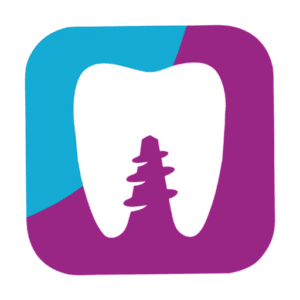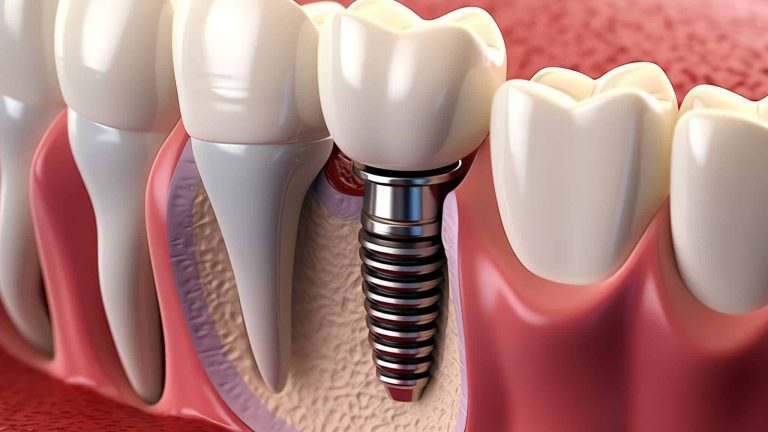For a long time, orthodontics was seen as a treatment exclusively for teenagers. However, more and more adults are discovering the benefits of aligning their smile and improving their oral health through orthodontics. While it is true that most orthodontic treatments are performed during adolescence, it is never too late to correct dental problems. Thanks to advancements in technology and more discreet options like invisible aligners, more adults are opting for orthodontic treatments that not only enhance the aesthetics of their smile but also improve their overall health and well-being.
In this article, we will explore the benefits of orthodontics in adults, the different treatment options available, the reasons why aligning teeth is more than just an aesthetic issue, and how adults can overcome any barriers or concerns they may have about starting orthodontic treatment.
1. Why Consider Orthodontics in Adulthood?
Many adults may think they have missed the opportunity to correct their dental problems, either because they never received treatment when they were younger or because their teeth have shifted over time. However, there are several reasons why orthodontics in adulthood is not only possible but also highly recommended.
1.1. Aesthetic Improvement
One of the most common reasons adults choose orthodontics is to improve the appearance of their smile. Crooked, misaligned, or crowded teeth can affect a person’s confidence and willingness to smile in public.
Today, orthodontic options are much more discreet than traditional metal braces, making more adults comfortable with the idea of improving their smile without the treatment being so noticeable.
1.2. Improved Oral Health
While aesthetics are important, there are many health reasons that justify orthodontic treatment in adults. Misaligned teeth or a bad bite can lead to a number of oral health problems, such as:
- Difficulty cleaning teeth properly: Teeth that are too close together or poorly positioned are harder to clean, increasing the risk of cavities and gum disease.
- Uneven wear on teeth: An incorrect bite can cause excessive wear in certain areas of the teeth, leading to problems such as tooth sensitivity, fractures, or enamel wear.
- Bite and jaw problems: A misaligned bite can lead to jaw problems, including temporomandibular joint (TMJ) pain and headaches.
1.3. Orthodontics as Part of a Comprehensive Treatment
For some adults, orthodontics is just one part of a broader dental treatment plan. For example, if you are considering procedures such as veneers or crowns, aligning the teeth first can improve the final results and ensure better long-term function. In some cases, the teeth need to be properly aligned before performing certain restorative or cosmetic treatments.
2. Orthodontic Options for Adults
Thanks to advances in technology, orthodontics has evolved significantly, offering more discreet and comfortable options than traditional metal braces. Below, we review the main options available for adults who want to align their smile.
2.1. Traditional Braces
Metal braces are the most well-known and have been the standard in orthodontic treatments for decades. While these appliances are visible, they have greatly improved in terms of comfort and efficiency. Today’s metal braces are smaller and less noticeable than in the past.
- Advantages: They are effective for correcting serious and complex dental problems. They are also usually more affordable than other orthodontic options.
- Disadvantages: Their visible appearance can be a drawback for some adults looking for a more discreet solution.
2.2. Ceramic or Sapphire Braces
An alternative to traditional metal braces is ceramic or sapphire braces. These appliances work the same way as metal ones but are made of materials that blend better with the natural color of the teeth, making them less visible.
- Advantages: They are less noticeable than metal braces and offer a more aesthetic option.
- Disadvantages: They are more fragile than metal braces and can be more expensive.
2.3. Invisible Aligners
One of the most popular options among adults is the use of invisible aligners, such as Invisalign. These aligners are sets of clear plastic trays that fit over the teeth and are changed approximately every two weeks. Over time, the aligners gradually move the teeth into the desired position.
- Advantages: They are almost invisible, making them a highly discreet option. In addition, they can be removed for eating and brushing, making oral hygiene easier and providing greater day-to-day comfort.
- Disadvantages: While effective for many alignment problems, they may not be suitable for more severe cases of malocclusion. They also require the patient to be very disciplined, as the aligners must be worn for at least 22 hours a day.
2.4. Lingual Braces
Another discreet option is lingual orthodontics, where the brackets are placed on the back of the teeth rather than the front. This means the braces are not visible from the outside.
- Advantages: Lingual brackets are completely invisible from the outside, making them an ideal option for adults concerned about aesthetic appearance.
- Disadvantages: This type of treatment can be more uncomfortable than other options, especially at first, as the brackets are in contact with the tongue. It can also be more expensive and take longer in some cases.
3. Benefits of Orthodontics for Adults
The benefits of orthodontics for adults go far beyond aesthetics. Below, we list some of the main benefits you can expect from undergoing orthodontic treatment.
3.1. Improved Oral Health
One of the main benefits of orthodontics is the overall improvement in oral health. Aligned teeth are easier to clean and, therefore, less likely to develop cavities and gum disease. By eliminating malocclusion (incorrect bite) issues, the risk of uneven tooth wear and jaw problems is also reduced.
3.2. Improved Digestion
Although it is not a commonly discussed benefit, properly aligned teeth can improve the ability to chew food properly, which facilitates digestion and promotes better nutrient absorption. Inefficient chewing due to misaligned teeth can put additional strain on the digestive system.
3.3. Greater Self-Esteem and Confidence
Self-esteem is an important aspect of anyone’s life, and the smile plays a fundamental role in how we feel and how we interact with others. Many people with crooked or misaligned teeth feel uncomfortable smiling, which can affect their personal and professional relationships. Orthodontic treatment can transform a person’s smile and, in turn, significantly improve their confidence and emotional well-being.
3.4. Prevention of Future Dental Problems
Orthodontics not only corrects existing problems but also helps prevent future issues. Misaligned teeth tend to worsen over time and can cause problems such as plaque buildup, cavities, gingivitis, and even tooth loss. By correcting these issues in time, more invasive and costly treatments can be avoided in the future.
4. Considerations and Challenges of Orthodontics for Adults
While orthodontics in adults is perfectly viable, there are some factors and challenges that adults should consider before embarking on this type of treatment.
4.1. Treatment Time
One of the main challenges adults face when considering orthodontics is the time it will take for the treatment. While many adults can complete their treatment within 12 to 24 months, some more complex cases may require more time. The duration of treatment depends on the type of problem being corrected and the chosen orthodontic method.
4.2. Changes in Daily Routine
Depending on the type of treatment, orthodontics may require some adjustments to your daily routine. For example, patients with invisible aligners must be disciplined in wearing them for at least 22 hours a day and only remove them for eating and brushing. On the other hand, traditional or lingual braces require careful cleaning to prevent plaque buildup around the appliances.
4.3. Treatment Costs
The cost of orthodontics varies depending on the type of treatment and the complexity of the case. Metal braces tend to be the most affordable option, while invisible aligners and lingual braces are generally more expensive. It is important to talk to your dentist to assess the different options and learn about available financing plans.
4.4. Periodontal Health
Before starting any orthodontic treatment, it is essential for the dentist to assess the patient’s periodontal health. Adults with gum disease or bone loss should address these issues first, as the gums and bone are crucial for supporting aligned teeth. Orthodontic treatment without a solid periodontal foundation can result in additional complications.
5. Overcoming Barriers and Concerns About Orthodontics in Adults
Many adults delay orthodontic treatment due to concerns about appearance, time, or cost. However, overcoming these barriers can lead to a significant improvement in oral health and self-esteem.
5.1. Concern About Appearance
One of the main reasons adults avoid orthodontics is the fear of wearing visible braces. Fortunately, as we have mentioned, there are many discreet options available, such as invisible aligners or ceramic braces. These options offer the possibility of aligning teeth without drawing attention.
5.2. Fear of Pain or Discomfort
It is natural to worry about pain or discomfort during orthodontic treatment. While it is true that some types of orthodontics can cause temporary discomfort, especially after adjustments, most patients quickly adapt to the treatment. In addition, advances in technology have made appliances more comfortable and effective than ever before.
5.3. Financial Investment
The cost of orthodontics can seem like a significant barrier, but many dentists offer financing plans and payment options that make investing in a healthy smile more accessible. Additionally, the long-term benefits of orthodontic treatment, both in terms of aesthetics and oral health, can far outweigh the initial investment.
Conclusion
Orthodontics in adults is a completely viable and recommended option for those looking to improve their oral health and align their smile. With a wide range of discreet and effective treatments available, it has never been easier for adults to correct dental problems and enjoy the benefits of a beautiful, healthy smile.
If you are considering orthodontic treatment and want to know which option is best for you, Clínicas La Guardia is here to help. Our team of orthodontic experts is ready to guide you through every step of the process and provide you with a smile that reflects confidence and well-being. It’s never too late to align your smile!



